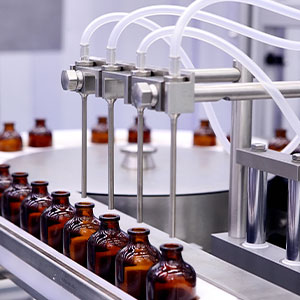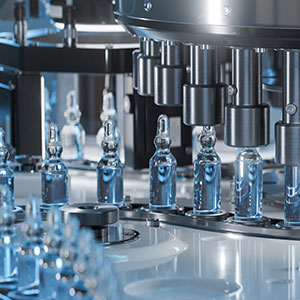Particle Measuring Systems (PMS) recently hosted a webinar Contamination Control Strategies for Innovation and Regulatory Compliance to explain how the implementation of a CCS attempts to address the varied causes of contamination and compromised sterility. Download the paper to get answers to all questions asked.
The questions are organized into the following categories supporting the topic of contamination control strategy in pharmaceutical industry:
- Regulations
- Specific Applications
- Facility Questions for contamination control strategies
- Miscellaneous
Question Examples (and a couple answers):
- What are the best practices for contamination control of viable and nonviable particles?
- What approach do you recommend for a new facility? When & how should we start a CCS?
- If a company has three facilities at one site, do they only perform 1 CCS for all 3 facilities if
all the facilities are under one quality system? Answer:
It’s recommended that each facility should have its own independent CCS as each facility is not identical. Each facility possesses unique characteristics, processes, and environmental conditions that can significantly impact contamination risks. By individually assessing these facilities, we can tailor contamination control measures to their specific needs, ensuring an effective strategy that aligns with the inherent differences in layout, equipment, and operational procedures. - Which contamination monitors are recommended?
- Where do you get information to know more about cleanroom guidelines & procedures for particle measurement?
- What are the guidelines for non-sterile manufacturing areas?
- Is a Contamination Control Strategy (CCS) required for compounding facilities under USP 797 and USP 795?
- Under what circumstances can an alarm be ignored? Answer:There are very few instances where an alarm can be ignored. Ignoring a particulate alarm should be done cautiously and only under specific circumstances. Recent re-calibration, system service, cleaning, or prolonged open doors are some examples of potentially nuisance alarm events. It’s important to note that when alarms are temporarily ignored or investigated, proper documentation, reporting, and corrective actions should be implemented.



